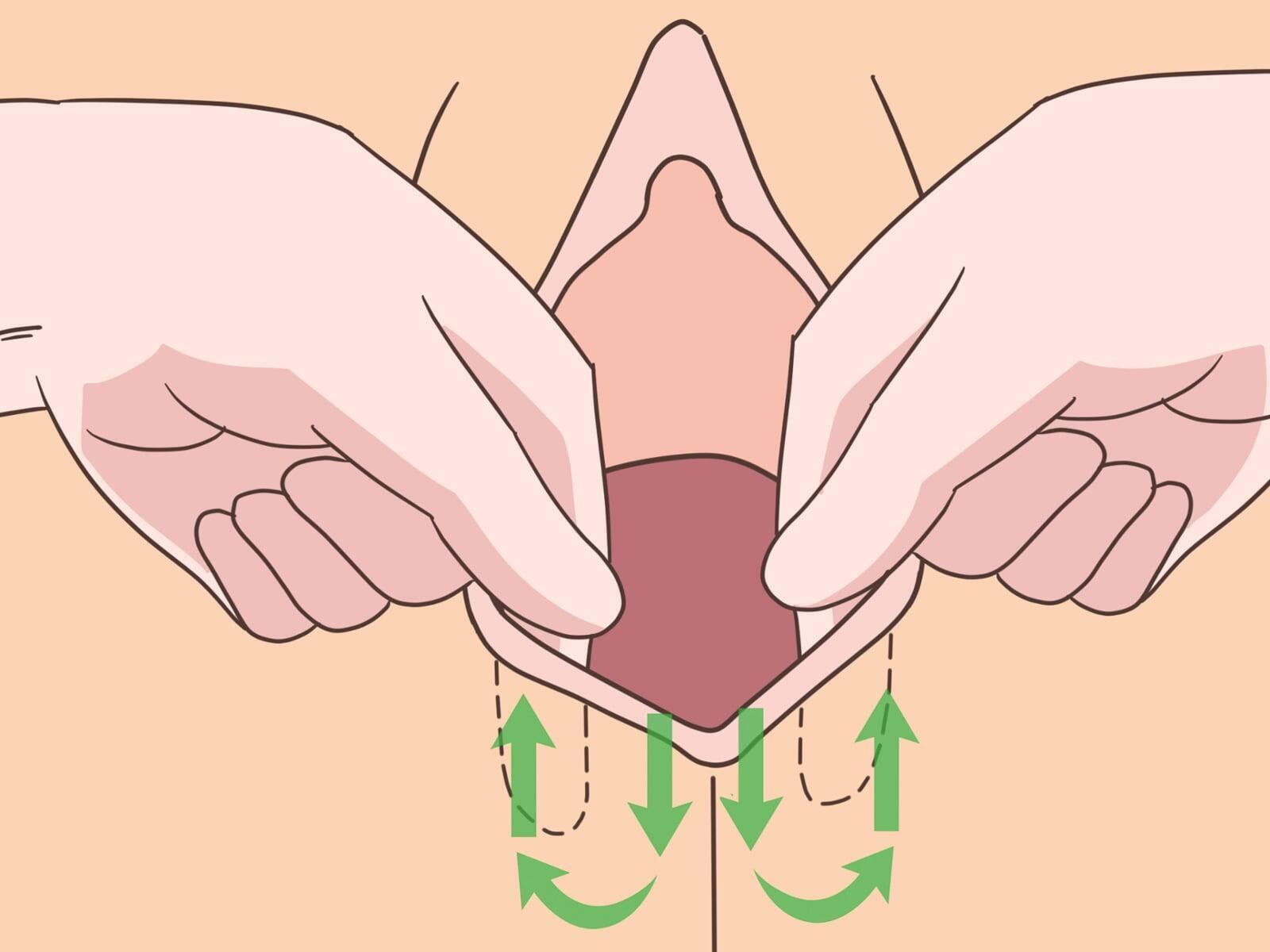Practice techniques during pregnancy to help ease delivery.

One of the big fears during delivery can be tearing for a lot of expectant mothers. Anxiety and nervousness about the upcoming delivery is real but there are ways to help with this. Many sign up for classes to help absorb as much information as possible for a healthy mom and baby delivery. Amongst the things covered in prep courses is pushing along with perineal massage. Peri-nea…what?
Yes, the perineum. This is the area in between the vagina and anus where a ton of pelvic floor muscle, tendons and connective tissue attaches and is the site of most of the trauma incurred during childbirth. Therefore, the term perineal massage, which indicates massaging the tissues in the hopes of “relaxing” them to help reduce tearing.
Well, is this effective? There are several studies that indicate starting perineal massage at 33-34 weeks, 3-4 times per week, can help reduce trauma on the pelvic floor due to less interventions. The interventions that are less required include forceps, vacuum, and episiotomy. Less interventions may equal less tearing, especially for first time mothers.
So. How do we do this massage, and where are we massaging, exactly? While many labour prep classes go over how to do the massage with a partner, I find that many birthing persons are wanting to do the massage by themselves or do not have access to a partner who can help. Furthermore, there are articles suggesting that pain should be expected and wanted during the massage. If someone has pelvic pain, then yes, there might be discomfort or pain with the pressure applied but by no means are we trying to actually cause pain during the procedure.
Please note that in birth classes it is commonly taught to use both thumbs with oil/lubricant to massage and stretch at the same time. This can be cumbersome and hard to reach for many people, so as a pelvic floor physiotherapist, we teach techniques that are alternatives to this. While there is no research to support my method, if someone does have difficulty reaching with both hands, then giving them the tools to perform the massage in any way can be beneficial than just not doing the massage.
Questions? Comment below, e-mail or book a free online consult.


